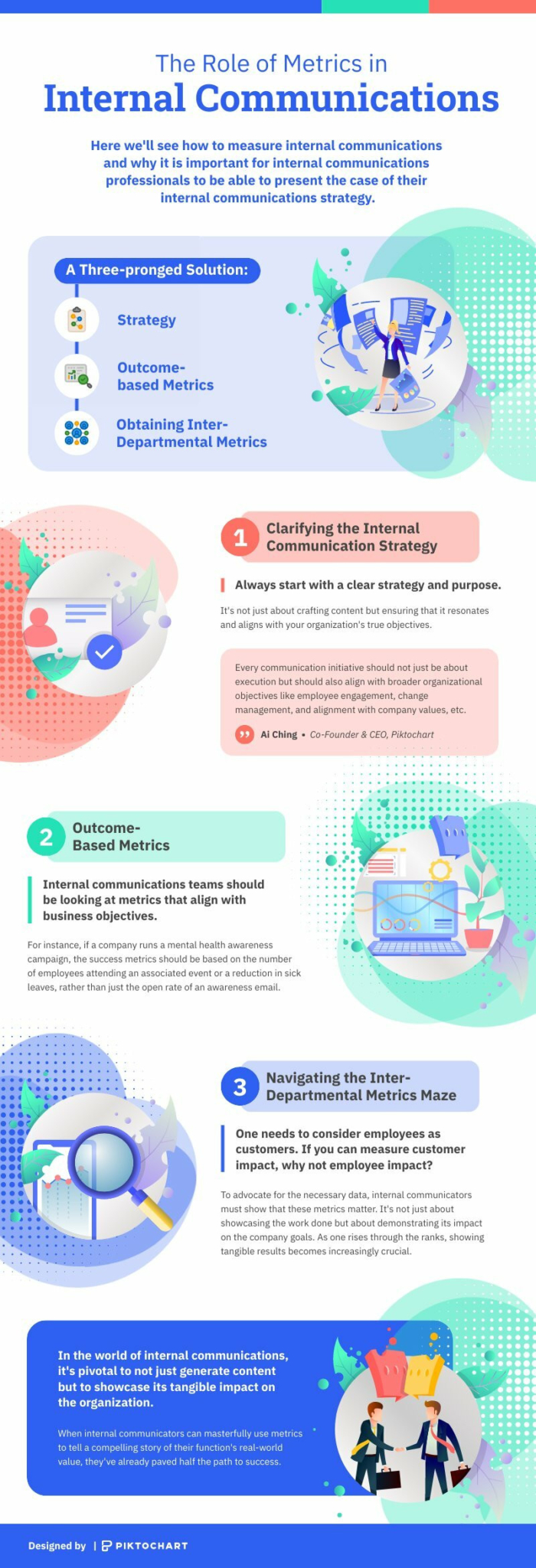Customer Story
How a University Professor Uses Piktochart to Provide Mental Health Support in Schools

Dr. Aaron Fischer
Dee Endowed Professor of School Psychology | Adjunct Associate Professor of Child Psychiatry
- Company
- Company Website
- Business TypeEducation
- LocationUtah, United States
- Friends with PiktochartSince 2015
How can visual communication play its part in disseminating information about psychology and mental health practices in schools?





